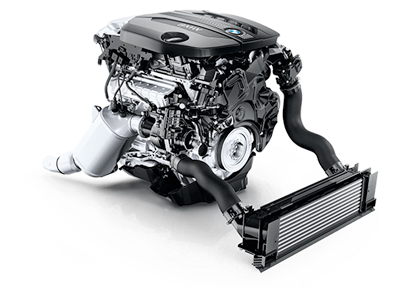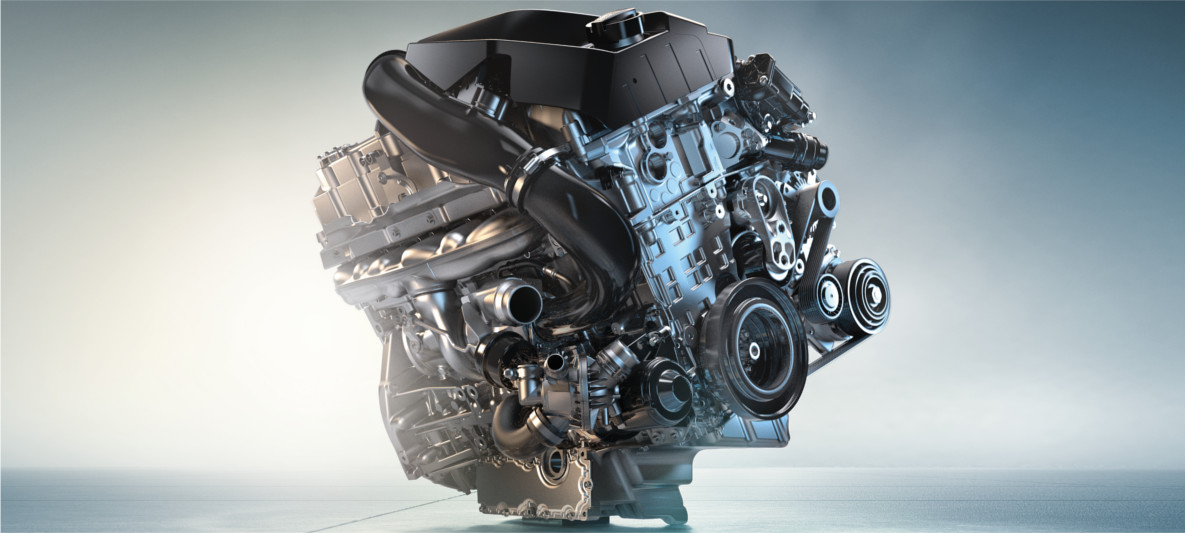Top 5 BMW Engine Technologies Revolutionizing the Automotive Market
Wiki Article
Checking Out the Development of Combustion Engines in Modern Transportation Solutions
As we browse the landscape of contemporary transport, the development of burning engines stands as a testimony to human ingenuity and engineering prowess. From their humble beginnings to the sophisticated giants propelling vehicles today, burning engines have actually undertaken an impressive trip of advancement and adjustment. Comprehending the complexities of this evolution not only clarifies the past yet additionally leads the method for visualizing what lies in advance in the world of transport innovation. The interplay of background, innovation, and ecological problems fit the trajectory of combustion engines creates a story that is both informative and compelling.Early Beginnings of Combustion Engines
Just how did the concept of combustion engines initial emerge in the early phases of transportation advancement? The origins of burning engines can be traced back to the 17th century when the concepts of inner combustion were very first discovered.The advancement minute featured the innovation of the very first effective gasoline-powered engine by Karl Benz in 1885 - bmw engine. This engine paved the way for the advancement of the modern-day automobile, reinventing transport systems worldwide. Succeeding technologies by Nikolaus Otto and Gottlieb Daimler further fine-tuned combustion engine modern technology, leading to the automation of cars and the quick development of the transport industry
These early combustion engines were characterized by their simplicity and efficiency, laying the foundation for the complex and powerful engines made use of in modern-day transport systems. The advancement of burning engines has actually been critical in forming the method we travel and transfer goods, marking a substantial landmark in the background of transportation advancement.
Transition to Internal Burning Innovation
The shift to internal combustion modern technology noted a critical shift in the advancement of transport systems. This shift began in the late 19th century, with developers like Nikolaus Otto and Gottlieb Daimler creating the very first successful inner combustion engines. These engines transformed transport by using a much more powerful and reliable option to heavy steam engines and electric motors.Among the crucial advantages of inner burning engines was their ability to be reduced to fit right into vehicles, bring about the advancement of vehicles and bikes. This change from bulky, fixed engines to compact, mobile ones led the way for the modern-day transportation systems we see today.
The change to interior burning technology additionally spurred innovations in fuel modern technology, resulting in the growth of gas and diesel as primary fuel resources for automobiles. This change not only made transport much more accessible to the masses but likewise laid the foundation for the oil and gas market to come to be essential to global economies.
Effect of Combustion Engines on Transport
The fostering of combustion engines in transport systems catalyzed a profound change in the performance and speed of worldwide flexibility. Combustion engines reinvented transport by like this providing a trustworthy and functional resource of power for various cars, consisting of autos, trucks, ships, and airplanes. This development substantially boosted the ability for individuals and goods to move over fars away in shorter period, resulting in enhanced connectivity between regions and nations.Additionally, the widespread use combustion engines has had a considerable impact on economic growth. The capacity to transport items successfully has actually stimulated profession and commerce, enabling companies to expand their markets and reach customers worldwide. This has actually assisted in economic growth and globalization, as products can currently be delivered quicker and in larger quantities than ever before.
Nonetheless, the ecological effect of combustion engines can not be forgotten. The burning of fossil fuels has led to air contamination and greenhouse gas discharges, contributing to climate adjustment and posturing health and wellness dangers to populations. bmw engine. Consequently, there is a growing visit the site emphasis on developing alternative propulsion modern technologies to alleviate these unfavorable effects and develop a much more sustainable future for transport
Advancements in Combustion Engine Design
One notable development is the advancement of turbocharged engines, which use exhaust gases to drive a turbine that presses incoming air, permitting for more fuel to be burned, resulting in boosted power outcome without a substantial rise in engine dimension. Variable shutoff timing systems have also changed engine style by enhancing air flow at different engine rates, boosting both power and performance. These innovations collectively add to the constant renovation of burning engines in contemporary transportation systems.Future Patterns in Combustion Engine Development
With technology innovations driving continuous development, the future of combustion engine advancement is poised to change transportation systems internationally. One of the key patterns in combustion engine development is the press in the direction of better efficiency and reduced discharges.One more noticeable trend is the adoption of hybrid innovations in burning engines. Hybrid engines incorporate typical combustion innovation with electric power, providing improved gas efficiency and lower emissions. As the auto market shifts in the direction of electrification, crossbreed burning engines are seen as a transitional remedy that connects the void in between traditional vehicles and totally electric ones.
In addition, the assimilation of smart technologies, such as expert system and information analytics, is expected to play a significant duty in the future of combustion engine advancement. These modern technologies can optimize engine efficiency in real-time, bring about much more effective combustion procedures and enhanced total automobile performance. Welcoming these future patterns will not just drive development in burning engine development however also add to a much more lasting and environmentally pleasant transport community.

Conclusion
In final thought, the advancement of burning engines in modern transportation systems has actually browse around this site been marked by substantial innovations in modern technology and design. From the very early beginnings of combustion engines to the transition to inner burning technology, these engines have had a profound influence on transportation. Technologies in combustion engine design remain to drive progression in this area, with future patterns focusing on more improving effectiveness and decreasing discharges. The future of burning engines in transportation looks promising as research study and advancement initiatives remain to push boundaries.The roots of combustion engines can be traced back to the 17th century when the principles of interior burning were first discovered. These engines revolutionized transportation by using a much more effective and effective choice to heavy steam engines and electrical motors.

Report this wiki page